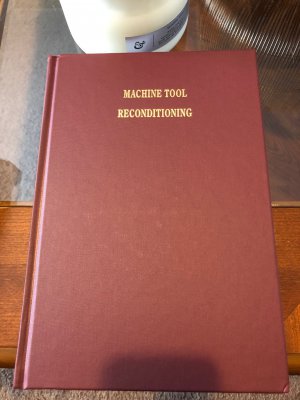Hardly, but I had the same slap-on-the-forehead moment when I first heard of the technique. Now I use it regularly.

I use gauge pins almost daily in the shop for all sorts of things. Literally today I needed to compare the widths of two trepanned channels to get them to the same width (exactly 3/32"). I often find it useful to place a hole or undercut feature on a part a precise distance above the mill vice jaws — much less fiddly to use a gauge pin from the top of a hole than a depth-mic from the top of a part. Have two features you are turning on the lathe precisely 0.279" apart axially? Find the right pin and insert it between the carriage-stop and the carriage.
I prefer to use 123 blocks, gauge pins, and shim stock for setups or measuring whenever possible. I still screw up measuring with calipers or micrometers or even scales on occasion. The only tricky thing with gauge pins is to ensure you read the label from the correct row (the label below the pin, not above!) — the bigger pins are marked, fortunately.
Less useful (at least I've not had occasion to try it yet) but I read somewhere about inserting two hex keys that are half the size of the one you need if you can't find one large enough.


